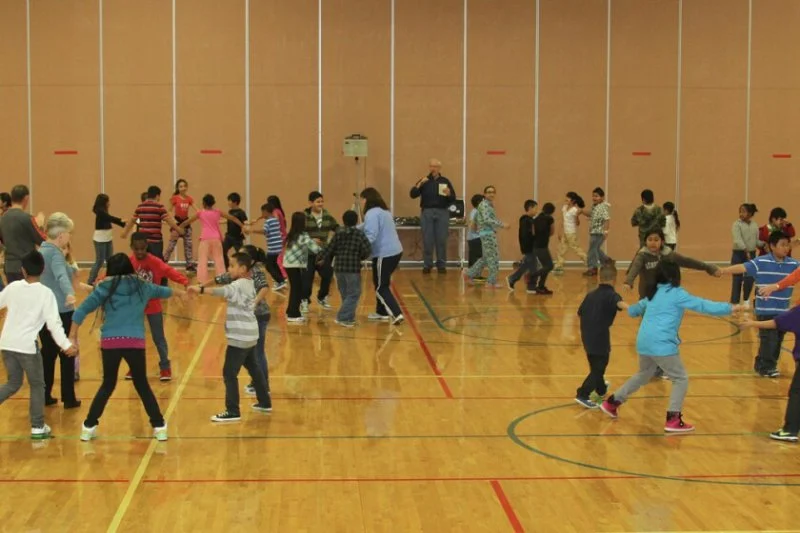
- 1 - The History of Square Dancing in Schools
- 2 - Educational Benefits of Square Dancing
- 3 - How Square Dancing Helps Develop Social Skills
- 4 - Promoting Cultural Awareness Through Square Dancing
- 5 - Real-Life Examples: The Impact of Square Dancing in Schools
1 - The History of Square Dancing in Schools
Square dancing, a traditional folk dance that originated in Europe, has been an integral part of American culture for centuries. It gained popularity in the United States during the 19th century and became a common activity in rural communities and at social gatherings. Over the years, square dancing has evolved into a fun and engaging activity that’s often introduced in schools, particularly in physical education programs.
In the mid-20th century, square dancing found its way into American schools as a way to promote physical activity and teach students teamwork and coordination. Its inclusion in the curriculum is part of a broader effort to offer diverse, well-rounded educational experiences for students. Today, square dancing remains a fun and educational activity in schools across the country.
2 - Educational Benefits of Square Dancing
Square dancing offers a variety of educational benefits that extend beyond physical fitness. Here's why it's often included in school programs:
- Improved Coordination and Balance: Square dancing requires students to learn complex footwork and movements, which help develop coordination, balance, and motor skills. These skills are not only beneficial for dancing but also for other physical activities and daily tasks.
- Memory Enhancement: Learning the patterns and sequences of square dances requires memorization, which can improve students' memory and cognitive function. This helps enhance their ability to retain information in other subjects as well.
- Physical Fitness: Square dancing is a full-body workout that promotes cardiovascular health, flexibility, and endurance. It encourages students to move in a rhythmic way, providing exercise while having fun.
Incorporating square dancing into school curriculums helps students develop both physical and cognitive skills, contributing to their overall growth and well-being.
3 - How Square Dancing Helps Develop Social Skills
In addition to the physical and cognitive benefits, square dancing plays a significant role in helping students develop essential social skills. Here’s how:
- Teamwork and Collaboration: Square dancing is typically done in groups, requiring students to work together and communicate effectively. Each dancer has a role to play, and success depends on the group’s ability to synchronize movements.
- Respect and Etiquette: Square dancing teaches respect for others, as dancers must listen to and follow the instructions of the caller and respect each other’s space while dancing. It also fosters a sense of politeness and good manners.
- Confidence Building: Performing in front of peers, even in a non-competitive setting, can boost students’ self-esteem and confidence. Learning to dance and succeeding in doing so in a group environment can help students feel more comfortable in social situations.
The social benefits of square dancing encourage cooperation, respect, and empathy among students, contributing to a positive classroom environment and fostering lasting friendships.
4 - Promoting Cultural Awareness Through Square Dancing
Square dancing is not just a physical activity—it’s also an opportunity for students to learn about cultural history and traditions. The dance form has deep roots in European, African, and Native American cultures, and by learning it, students are introduced to different aspects of American history and heritage.
Incorporating square dancing into school curriculums promotes cultural awareness and appreciation. Students learn about the evolution of square dancing from its folk origins to its modern variations, gaining insight into the cultural significance of dance in different communities. This exposure helps students become more culturally sensitive and globally aware.
5 - Real-Life Examples: The Impact of Square Dancing in Schools
There are numerous success stories and real-life examples where square dancing has positively impacted students and school communities. For instance, in a rural school in Texas, square dancing has been a staple in the physical education curriculum for decades. Teachers report that students who participate in square dancing show improvement in not only their physical health but also in their social interactions and confidence levels. The practice has even been linked to better teamwork and leadership skills, which students carry into other areas of their academic and personal lives.
Another example comes from a high school in New York, where square dancing was incorporated into a multicultural education program. Students from various cultural backgrounds came together to learn square dancing, fostering a sense of community and inclusion. The program not only improved physical fitness but also helped students connect with each other in a meaningful and fun way, breaking down barriers and promoting understanding.
These examples highlight the lasting impact that square dancing can have on students' physical, social, and emotional development, making it a valuable addition to school curriculums.
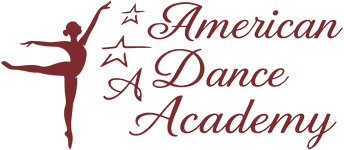
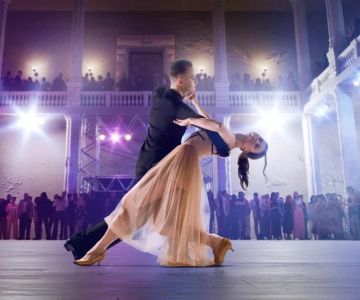
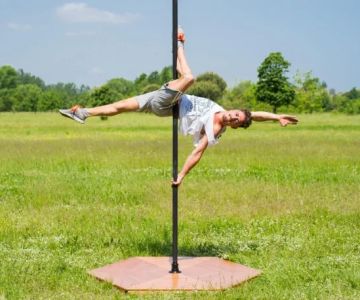
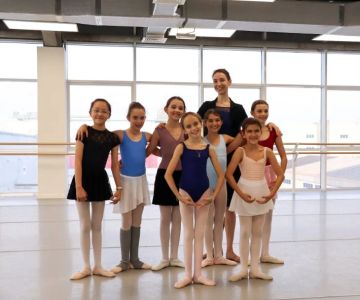
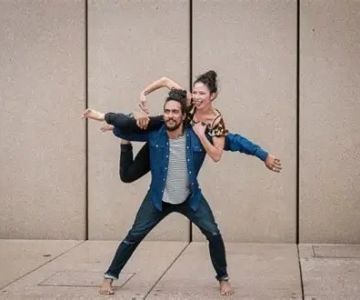

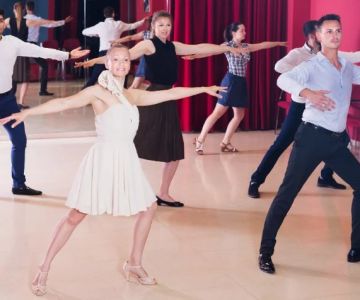
 Barrington Dance Academy5.0 (22 reviews)
Barrington Dance Academy5.0 (22 reviews)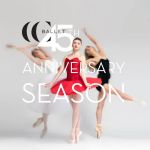 Canyon Concert Ballet4.0 (17 reviews)
Canyon Concert Ballet4.0 (17 reviews)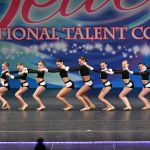 Big City Dance Center LLC4.0 (25 reviews)
Big City Dance Center LLC4.0 (25 reviews)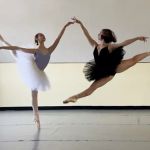 Tye Chua Dance & Kalamazoo Ballet5.0 (18 reviews)
Tye Chua Dance & Kalamazoo Ballet5.0 (18 reviews)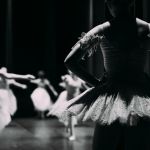 Fenton Ballet Theatre4.0 (24 reviews)
Fenton Ballet Theatre4.0 (24 reviews) Front Street Dance Center5.0 (7 reviews)
Front Street Dance Center5.0 (7 reviews)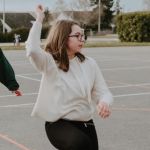 Are There Dances in Middle School? What Students and Parents Should Know
Are There Dances in Middle School? What Students and Parents Should Know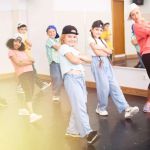 How a Dance School in Instagram Builds Community and Success
How a Dance School in Instagram Builds Community and Success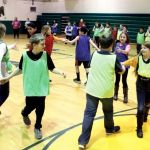 Why Do Schools Teach Square Dancing?
Why Do Schools Teach Square Dancing?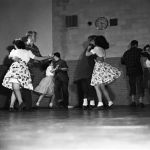 Why Was Square Dancing Taught in School?
Why Was Square Dancing Taught in School? Why Swing Dance Is Popular for Adults
Why Swing Dance Is Popular for Adults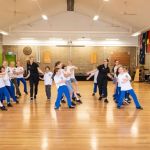 A School Dance: How to Prepare, Shine, and Make It Unforgettable
A School Dance: How to Prepare, Shine, and Make It Unforgettable